Understanding the Bitcoin Core vs Knots Debate: It's Knot What You Think
If you want to know more about the latest news, which is the umpteenth episode of transaction fee drama in the Bitcoin space, we have you covered. Bitcoin Core versus Bitcoin Knots.
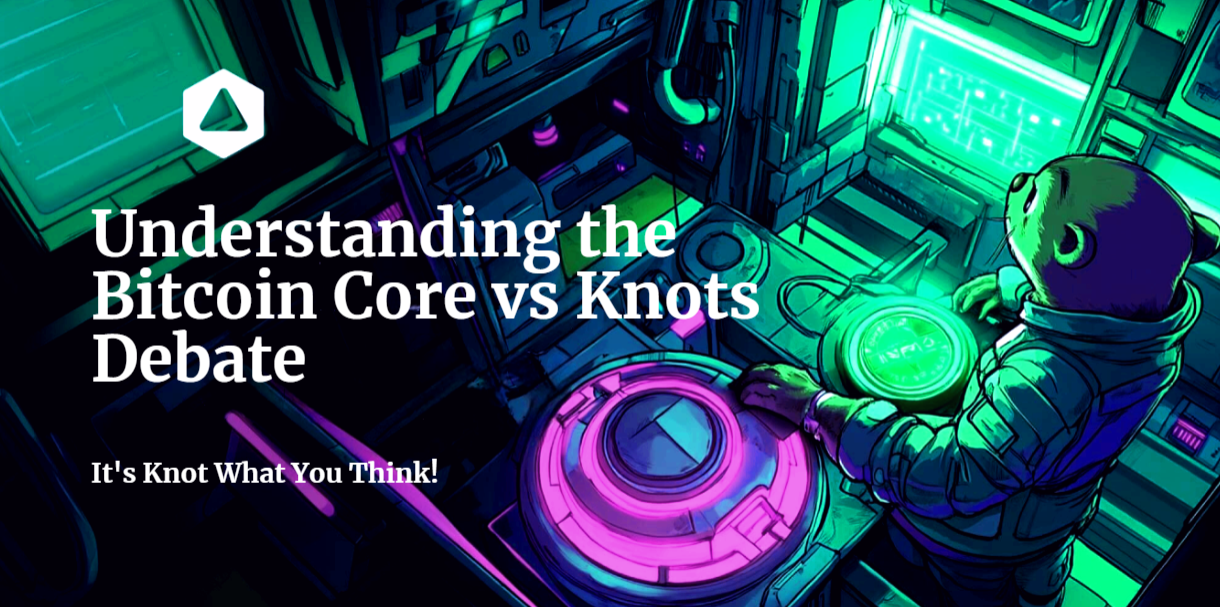
A lifelong symptom of a digital traffic jam on the Bitcoin network, a battle for block space that has ignited a deep, decade-long philosophical war within the Bitcoin community.
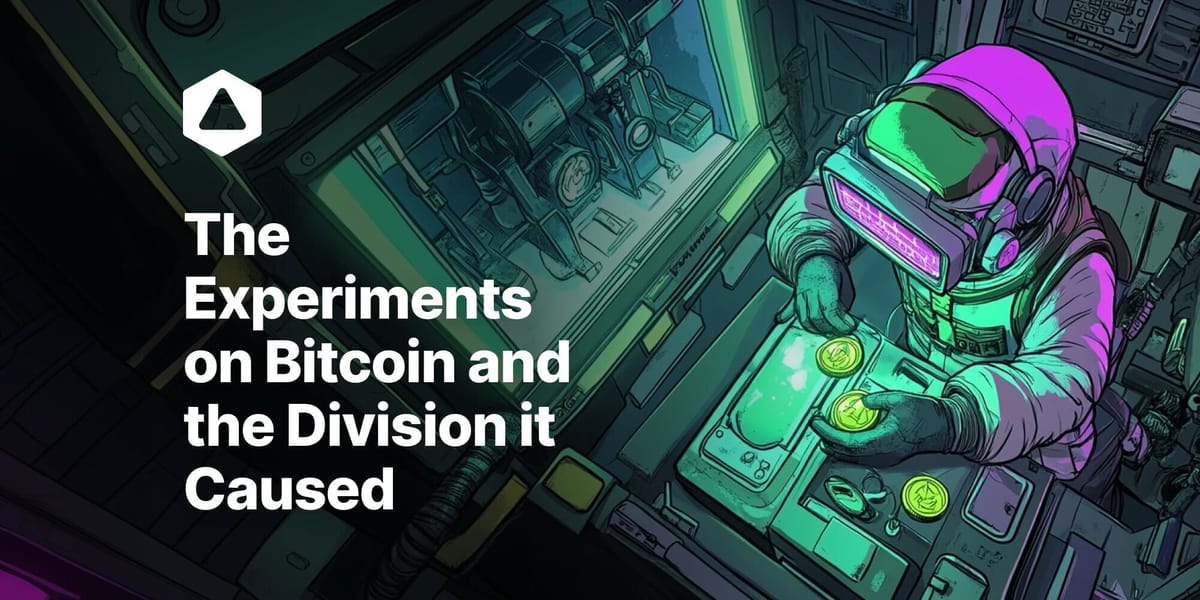
This conflict, brought to a boiling point by the recent explosion of Ordinals and Runes, pits Bitcoin's mainstream software, Bitcoin Core, against a more opinionated alternative, Bitcoin Knots.
At its heart is a fundamental question: What is Bitcoin for? The answer will define its future and determine how it evolves as a monetary network or as a platform for next-generation applications. Let's take a look at what really matters...
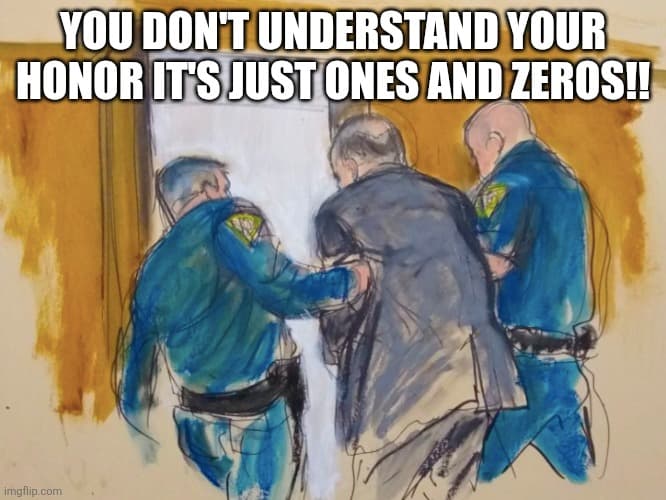
The Standard-Bearer: Bitcoin Core
To understand the debate, we must first understand the 'OG', which is Bitcoin Core, the original, primary and most widely used software for participating in the Bitcoin network.
It is the direct descendant of the software released by Satoshi Nakamoto and serves as the reference implementation against which all other clients are measured. If Bitcoin is a country, Bitcoin Core is its living constitution.
Within these lines, we can understand a philosophy that rests on several key principles:
- Bitcoin Core's development process is famously conservative. Changes are subjected to rigorous peer review, and backward compatibility is held paramount. The goal is to maintain an exceptionally secure foundation for a multi-trillion-dollar network.
- There is no CEO of Bitcoin. Development is managed by a group of maintainers who facilitate a process of 'rough consensus'. Changes are only merged after extensive discussion and agreement among developers and the wider community of stakeholders.
- Lastly, Bitcoin Core is designed to be agnostic about the content of transactions. Its default position is that any transaction following the network's consensus rules and paying the required fee is valid. It does not, by default, attempt to judge or censor transactions based on their perceived purpose.
In essence, Bitcoin Core aims to be a neutral arbiter of the rules, providing a stable platform upon which the free market can operate. 🕊️
The Dissident: Bitcoin Knots
In direct contrast stands Bitcoin Knots, an alternative Bitcoin client maintained by long-time, influential and controversial developer Luke Dashjr. Knots is a 'fork' of Bitcoin Core, meaning it uses Core's codebase as a foundation but adds its own unique features, patches and, most importantly, a different philosophy.
If Bitcoin Core is the neutral constitution, Bitcoin Knots is a manifesto. It is not neutral; it is intentionally opinionated.
- Knots operates from the strict belief that Bitcoin's primary, and perhaps only, legitimate function is as a peer-to-peer electronic cash system. Other uses of the blockchain, especially those that store large amounts of non-financial data, are often considered 'abuse' or 'spam', not belonging on the network.
- To defend this vision, Knots includes default settings designed to filter out transactions it deems harmful. The rationale is that such 'spam' causes 'blockchain bloat', making it more expensive for ordinary users to run a full node, thereby threatening the network's decentralisation.
This is hands down the best explanation I’ve heard thus far for why Knots has gained traction.
— Frank Corva (@frankcorva) September 20, 2025
I’ve had thoughts like this for a while now but haven’t been able to articulate them as well as Rizzo does here.
My favorite quote follows the video in this short thread🧵: pic.twitter.com/VILZYVKNpI
The Heart of the Conflict: To Filter 'Spam' or Not to Filter?
At the heart of this debate lies something that overlaps with current politics and extends into the debate of free speech, free code and free transactions. The term 'spam' in this context (Bitcoin) doesn't refer to unsolicited emails, but to data written onto the blockchain that is not strictly necessary for a financial payment. It is a debate as old as Bitcoin itself...
SatoshiDice and the Gentoo Controversy
In the early 2010s, a popular on-chain gambling game called SatoshiDice became responsible for a huge portion of all Bitcoin transactions. It generated a constant stream of tiny transactions, sparking the first major 'blockchain bloat' debate.
Luke Dashjr was a vocal critic, framing the activity as a 'DDoS attack' on the network.
This philosophical clash erupted into open conflict in 2014. As the maintainer for the Bitcoin software package on the Gentoo Linux distribution, Dashjr enabled his personal anti-spam patch by default.
Users who updated their software suddenly found their nodes were rejecting transactions that the rest of the network considered valid. The move caused an uproar, with many accusing Dashjr of abusing his position to force his political views on unsuspecting users.

In a widely circulated critique titled 'It's Knot a Serious Project', developer Jameson Lopp argues that the history and practices surrounding Dashjr raise serious questions about the viability of Bitcoin Knots as a secure alternative.
This frames the debate not just as a preference for filtering policy, but as a vote of confidence between a decentralised, consensus-driven development process and one directed by a single, highly controversial figure. There is, however, more to consider.
The Modern Catalyst: Ordinals, BRC-20s, and Runes
For years after the incident described above, the spam debate remained largely academic. That changed dramatically in 2023 with the introduction of Ordinals, a protocol that allowed for the creation of NFT-like assets by 'inscribing' data directly onto individual satoshis.
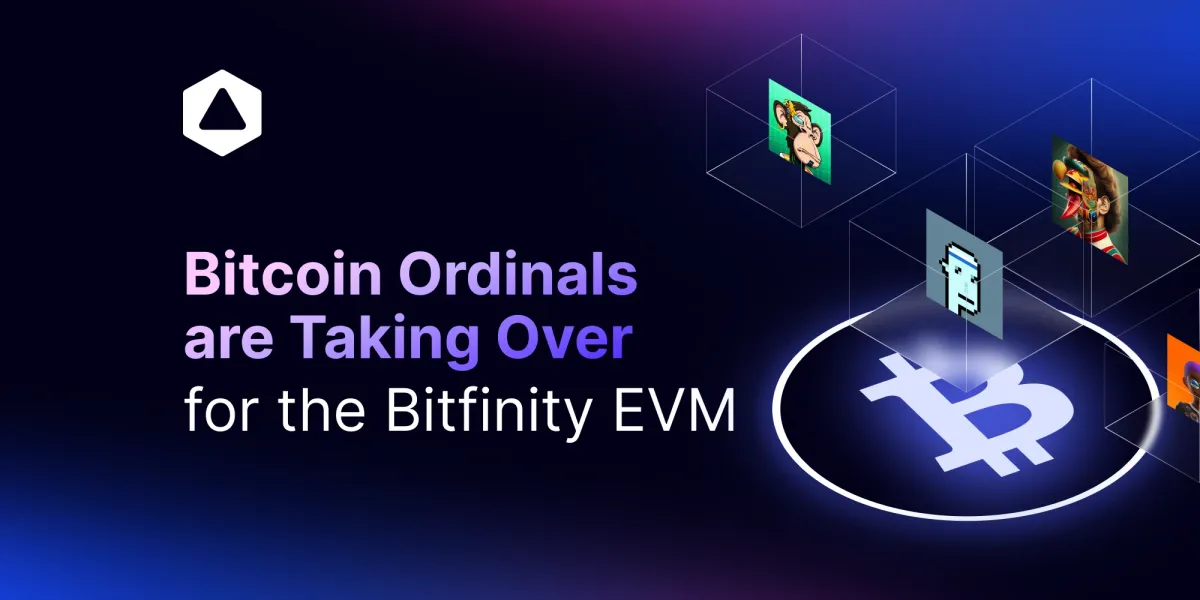
This was quickly followed by BRC-20s and, more recently, Runes which is are protocols for creating fungible tokens on Bitcoin.
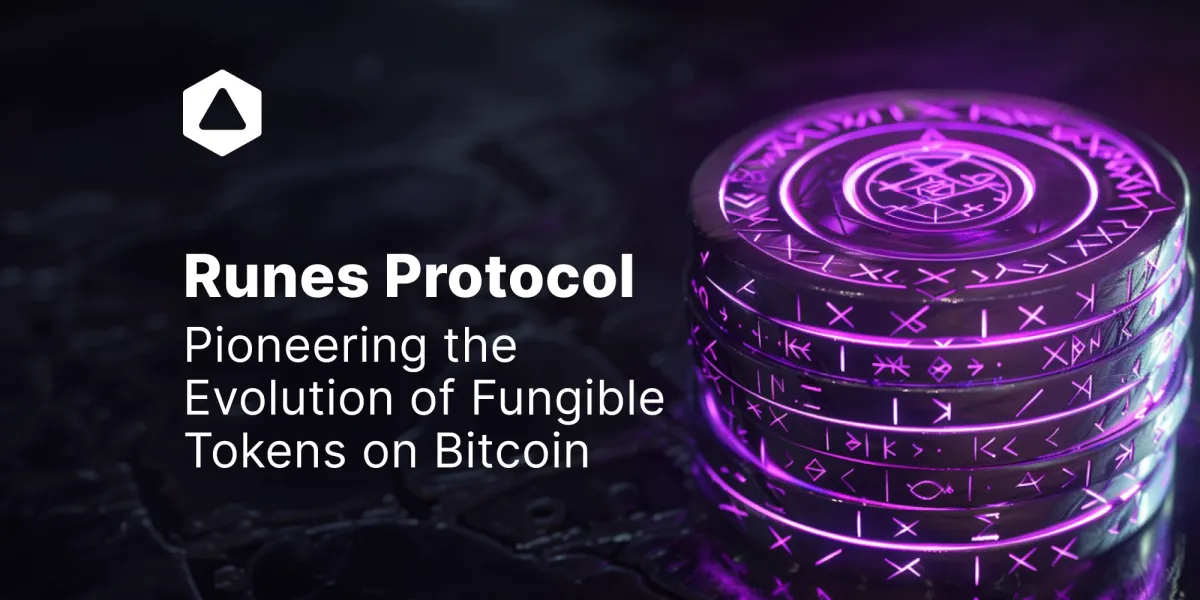
At their peak, these transactions consumed the vast majority of block space, turning the theoretical debate into a very real, very expensive problem. The battle lines were drawn.
This is an attack on Bitcoin. These transactions are worthless spam that provides no monetary utility. They are permanently bloating the blockchain, raising the hardware requirements to run a node and thus centralising the network.' - Knots Camp
The network is permissionless. If you pay the fee, you have the right to use the block space. The idea of a client developer deciding what is "legitimate" is a form of censorship and a dangerous, slippery slope.' - Core Camp
Why This Is Critical Right Now
The Ordinals explosion has dragged this developer debate into the wallets of everyday users. It is no longer academic, as Bitcoin's usability for everyday payments is under direct threat. When sending $20 costs $50 in fees, the 'peer-to-peer cash' narrative becomes difficult to defend.
Miners, who are responsible for confirming transactions, have profited immensely from the high fees generated by this new on-chain data. This has created a powerful economic incentive to include these transactions, pitting the financial interests of miners directly against the interests of users who desire low-cost financial transactions.
Conclusion
There are no easy answers. Both sides argue from a position of wanting what is "best" for Bitcoin, but their definitions of "best" are fundamentally incompatible.
This is the core of the dilemma: what one person sees as indecipherable "spam" could be a critical monetary enhancement to another. 'Wile blockchain bloat may be the "poison," a system of default censorship is a "cure worse than the poison."
In a decentralised system without a central authority, the winner is ultimately determined not by who shouts the loudest, but by the principle of 'rough consensus and running code'. The future will be shaped by those who have the vision and means to implement it.

Connect with Bitfinity Network
Bitfinity Wallet | Bitfinity Network | Twitter | Telegram | Discord | Github

*Important Disclaimer: The information provided on this website is for general informational purposes only and should not be considered financial or investment advice. While we strive for accuracy, Bitfinity makes no representations or warranties regarding the completeness, accuracy, or reliability of the content and is not responsible for any errors or omissions, or for any outcomes resulting from the use of this information. The content may include opinions and forward-looking statements that involve risks and uncertainties, and any reliance on this information is at your own risk.
External links are provided for convenience, and we recommend verifying information before taking any action. Bitfinity is not liable for any direct or indirect losses or damages arising from the use of this information.






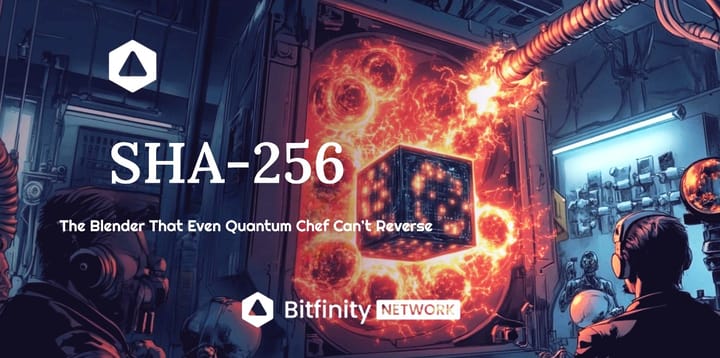
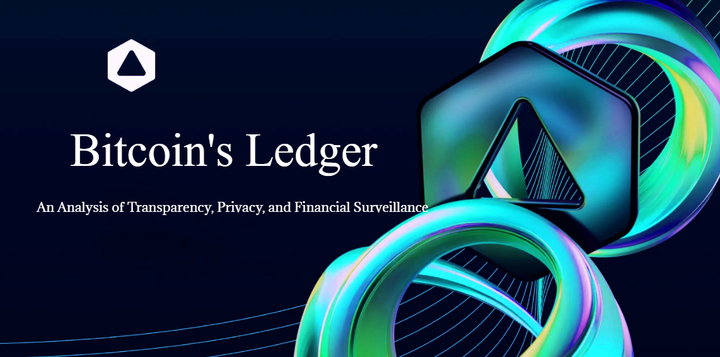
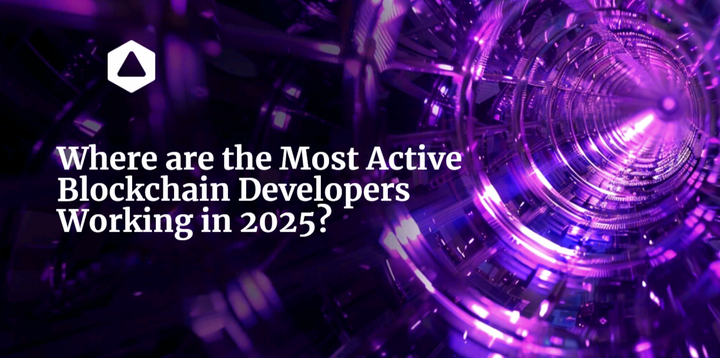
Comments ()